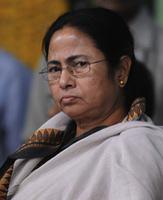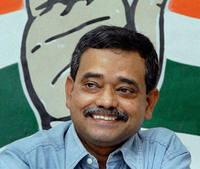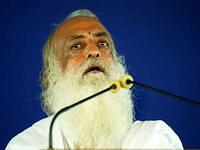A few observations regarding Dr. Jeffrey Beall and his website scholarlyoa.com. At first sight scholarlyoa.com appears to perform a commendable public service – exposing corrupt practices of self-declared “publishing groups” which try to capitalize on the open-access model for their own narrow selfish interests. The fact that Dr. Beall does not have anything positive to say about open access in general is not something apparent right away as you peruse his blog. Then you stumble upon the following blog entry where he makes the following grand declaration:
I declare that the serials crisis, the event that gave birth to the open-access movement, is over. I base my declaration on my observations as an academic librarian and on the scholarly literature … [emph mine]
While I’m not fully briefed on what the “serials crisis” is (or “was” according to Beall), I can still determine two extraordinary claims made in this paragraph. The first is the explicit claim that this so-called “serials crisis” can be identified as “the event that gave birth to the open-access movement“. The second extraordinary claim, which is implied by this statement is that, since its progenitor event is now over, the open-access movement as such is no longer necessary or relevant. In the past I have made no bones about my stand on the world’s dominant academic publishers and on the issue of the corrupt practices encouraged by the present status quo of copyright as enshrined in Western law and practice. Continuing in that spirit allow me to address these two claims in turn.
- the serial crisis [was] the event that gave birth to the open-access movement: This statement varnishes over the grave and illegal conduct of publishing conglomerates which has been a continuous and accelerating process for well over three decades now. It exonerates large academic publishers from all culpability in illegally stifling competition and monopolizing the fruits of publicly funded scientific research for the benefit of the wealthy few, by identifying a single cause – the “serials crisis” – as the catalyst for the open-access movement. Furthermore, it attempts to brush under the carpet the many-fold social, economic and political forces behind the growing global push for open access in academic publishing.
- I declare that … the event that gave birth to the open-access movement, is over: Here Dr. Beall is making the implicit claim that we now have no need for the open-access movement since the alleged “disease” for which open-access was the “cure”, has now been eliminated. That’s a bit like claiming, in the aftermath of a large conflagration, that fire extinguishers are no longer necessary since the fire has been put out. Or like saying that the smallpox vaccine is no longer necessary since smallpox has been eradicated from the global population.
Taken together, these two claims cast Dr. Beall’s professed mission of shining light upon corrupt practices in open-access academic publishing in an unsavory light. They are indicative of either his lack of understanding of the motivations for and benefits of open-access or else his lack of integrity in claiming to be an opponent of corrupt practices in academic publishing. The icing on the cake is the remainder of Beall’s statement:
… I base my declaration on my observations as an academic librarian and on the scholarly literature, selections from which I include here: …
The comments on this blog post do a great job of taking apart Beall’s “scholarly selections” in support of his grand claim. Let me quote a few of the more memorable lines:
- Comment by Michael Hughes (@anachronautics): Citing five articles, one of which is an interview and another a self-citation, doesn’t give you the wherewithal to ‘declare’ anything …
- Comment by Steve Lawson (@bevedog): … your list of sources and the quotations you chose to cherry-pick from them are revealing. Is anyone surprised that the STM publishing association thinks that STM publishers are providing excellent value? Or that the CEO of Springer shares that opinion? … The second study says little about the serials crisis, except to note that established academics seem to be happy with established systems. And the last item in your list would be you agreeing with yourself.
And finally, the cherry-on-the-icing-on-top-of-the cake-award goes too:
- Comment by openvt says: I might have read your self-citation, but I hit a paywall (“$23.68 plus tax)- do you plan to archive it? …
All in all, Beall’s post sounds almost as if it was written by the public relations department of a publishing house which wants to capitalize on the recent increasing visibility of Dr. Beall’s blog and the seeming reputation his views appear to have gained him as a crusader against publishing malpractice.
So the next time you visit scholarlyoa.com and find a name on Dr. Beall’s list of a company or organization which you thought of sending an article to publish, think twice (or maybe three times) before heeding Beall’s admonishment to not publish with or serve on the editorial board of that organization. At the very least, Beall’s word on so-called “predatory open-access publishers” is NOT to be taken as gospel.









